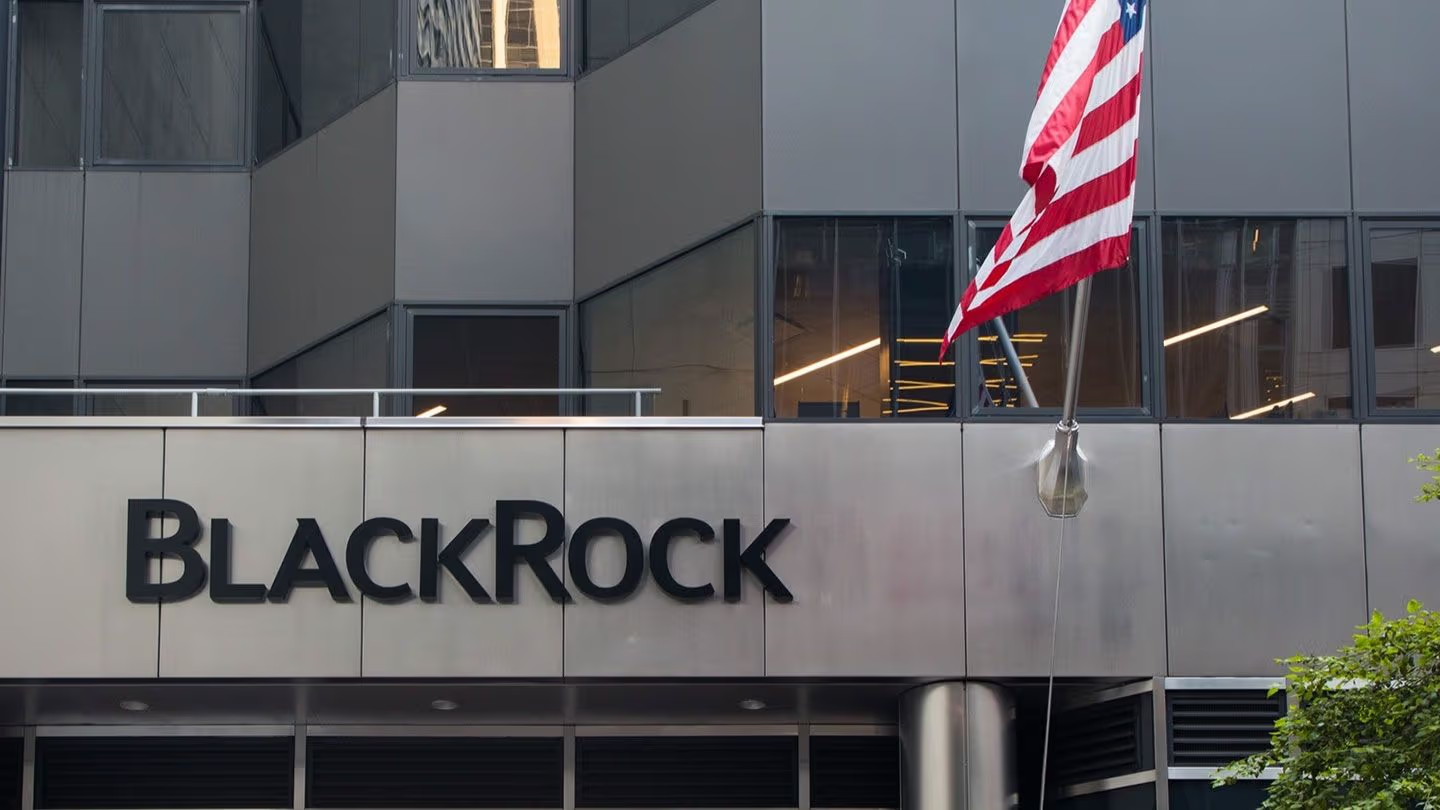The intersection of blockchain technology and traditional finance (TradFi) has been gradually reshaping how assets are managed, transferred, and stored. A prime example of this is BlackRock’s tokenized asset fund, BUIDL, which has gained significant traction in tokenizing U.S. Treasuries. Leveraging Ethereum’s blockchain, BUIDL not only demonstrates the potential of tokenization but also highlights how real-world assets (RWAs) can operate more efficiently on-chain. Here’s a deep dive into what this means for the future of finance.
What is BUIDL and Why Does It Matter?
BUIDL, BlackRock’s first tokenized offering, is a digital liquidity fund represented by tokens on the Ethereum network. Backed by U.S. Treasury bills, repo agreements, and cash, this fund exemplifies how TradFi and blockchain can merge for financial innovation. Within six weeks of its debut, the BUIDL fund managed to capture nearly 30% of the $1.3 billion tokenized Treasury market, showcasing its immense popularity and potential.
The rapid growth of BUIDL aligns with the broader movement of tokenizing real-world assets (RWAs)—turning conventionally illiquid assets such as bonds or credit into blockchain-based tokens. With RWAs, institutions can enjoy benefits like:
- Faster Settlements – Transactions occur in near real-time, avoiding the delays inherent in traditional settlements.
- Operational Efficiency – Automated processes reduce overhead and human error.
- Transparency – Blockchain provides an immutable ledger of transactions, boosting visibility.
The Role of U.S. Treasuries in Tokenization
Among all RWAs, U.S. Treasuries have emerged as a gateway for businesses exploring tokenization. Known for their stability and low risk, tokenized Treasuries have become a preferred choice for parking digital cash while still earning a stable yield. BlackRock’s participation in this sector is pivotal, as their expertise helps bridge the crypto ecosystem with established financial instruments.
BUIDL’s quick climb to $375 million in assets under management (AUM), surpassing Franklin Templeton’s BENJI offering, demonstrates the growing confidence in tokenized Treasury funds. By reinforcing investor trust, BUIDL and similar funds make digital asset inclusion more appealing to wider markets.
How Does Ethereum Serve as the Backbone?
Ethereum serves as the technological foundation for BUIDL, offering a decentralized network for secure and reliable tokenization. Its smart contracts automate various processes, minimizing the reliance on intermediaries and simplifying regulatory compliance. By tokenizing U.S. Treasuries on Ethereum, institutions can also ensure that workflows are globally accessible, efficient, and transparent.
This move demonstrates Ethereum’s continued role as a key platform for enterprises seeking to partake in blockchain adoption, particularly for financial applications that require precision and scalability.
Ondo Finance and Strategic Collaborations
A large contributor to BUIDL’s rapid growth has been Ondo Finance, which utilizes BlackRock’s token as a reserve asset within its OUSG offering. By integrating BUIDL into its ecosystem, Ondo has attracted significant inflows, with $50 million added in a single week. Partnerships like this highlight how collaboration between blockchain-based platforms and established TradFi players can drive industry growth and innovation.
The Growing Market for Tokenized RWAs
The tokenized Treasury market has grown exponentially, reaching $1.3 billion from just $100 million in early 2023. This surge is emblematic of how tokenization is being embraced as a game-changing solution in global finance. For institutional investors, this opens the door to secure and liquid markets with blockchain’s added benefits.
With major players such as BlackRock staking their claim in this space, tokenized RWAs are undoubtedly becoming an integral component of modern finance, marking a shift towards broader on-chain adoption. While challenges remain in regulation and infrastructure, strides made by BUIDL and others pave the way for further growth.
The Competitive Landscape
While Franklin Templeton’s BENJI fund was a leading tokenized Treasury product, the success of BUIDL underscores the competitive gains made possible through blockchain innovation. Funds vying for dominance in the tokenized space will need to:
- Invest in robust blockchain infrastructure.
- Collaborate strategically with crypto-native platforms.
- Stay ahead of market trends in tokenized assets.
What This Means for the Future
BlackRock’s BUIDL offering is more than just a fund; it is a glimpse into the future of asset management. Tokenization is poised to redefine how financial institutions operate, bringing transparency, efficiency, and inclusivity to markets that were otherwise limited to specific players.
The integration of Ethereum’s blockchain for U.S. Treasuries highlights the seamless adaptability of cryptocurrency technology in traditional sectors. Furthermore, collaborations like those with Ondo Finance amplify the innovative ecosystem fostering growth on both sides of the crypto-TradFi spectrum.
A Call to Explore Tokenization with BUIDL
The success of BUIDL shows that tokenization is no longer just a niche experiment—it’s a robust and tangible solution for modern finance. Enterprises interested in bridging crypto technology with established financial products should keep an eye on developments like these. If tokenized RWAs can gain such momentum within Treasuries, imagine the possibilities across other assets.
For institutions and individuals alike, the time to “buidl” is now. Explore how technologies like Ethereum and projects like BUIDL can revolutionize your financial opportunities.








